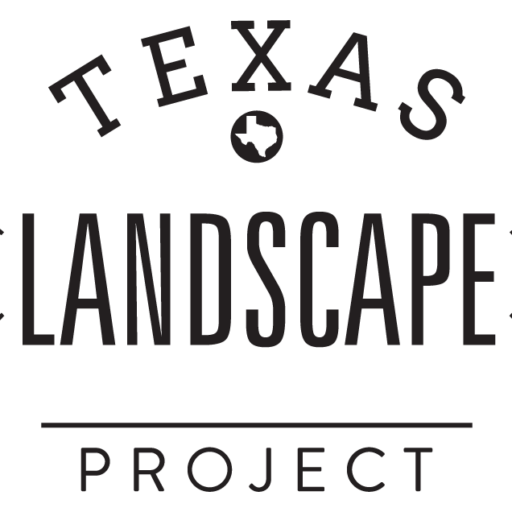Comments
We are heartened by the early remarks about the book, and hope these comments encourage readers to take a look at The Texas Landscape Project: Nature and People (Texas A&M University Press 2016):
“This book by David Todd and Jonathan Ogren belongs on the bookshelf of every Texan concerned about our land and its future. Its scope is broad and its coverage is extensive. It is packed with insight and information, and I highly recommend it.”
Jim Blackburn
Author, The Book of Texas Bays
Professor in the Practice in Environmental Law, Rice University
“David Todd has created a compelling visual history of the Texas environment. Complementing his prodigious research with more than a hundred innovative maps, his book shows us not only what has been lost in Texas but also the vast resources so many are working hard to save. This is an important read for anyone who cares about our nation’s future, because if we can solve environmental challenges in Texas — and I am confident we can — we can find solutions everywhere.”
Fred Krupp
President, Environmental Defense Fund
“The complex physical geography of Texas, the state’s rich political and social history, and its engrossing natural history come together smartly in this brilliantly organized atlas. It’s an ambitious project, founded on up-to-date research, and thoroughly captivating.”
Barry Lopez
Author, Arctic Dreams; Of Wolves and Men
Distinguished Visiting Scholar, Texas Tech University
“Texans are lucky—this remarkable volume demonstrates just the kind of insight we need on landscapes the world around. Anyone who cares about the Lone Star state—and who wouldn’t, given its beauty and history—will revel in the level of detail and of deep thinking!”
Bill McKibben
Author, Deep Economy; The End of Nature
Schumann Distinguished Scholar, Middlebury College
“From the mountains in West Texas and the grasslands of the plains to the immaculate forests, wetlands, and beaches of the Gulf Coast, the Lone Star State is blessed with diverse natural resources and abundant wildlife. The Texas Landscape Project vividly depicts the state’s natural beauty in a way that captivates the spirit and compels the soul to take action to conserve it.”
Collin O’Mara
Executive Director, National Wildlife Federation
“…a breathtaking compendium of insights into the natural history, the environmental richness, and the manifold conservation dilemmas confronting the Lone Star State today. On these pages, the incredible diversity of Texas is portrayed in meticulous yet stunning illustrative detail, providing us not only with the most comprehensive picture of the Texas environment ever assembled but an intimate rendering of both its treasures and its challenges.”
Andy Sansom
Author, Water in Texas: An Introduction; Texas Lost: Vanishing Heritage; Texas Past: Enduring Legacy
Executive Director, Meadows Center for Water & the Environment, Texas State University
“Todd and Ogren follow in the footsteps of Walter Prescott Webb and Terry Jordan to demonstrate the many ways in which the geographical mindset can illuminate the past and present. Geographers think in maps, and this unique exploration of nature and people in Texas is nothing less than a tour de force display of “map power”! The maps and their accompanying essays (or the essays and their maps—it’s a symbiosis) are fascinating, innovative, and sometimes quite disturbing. “These marks [on the land] are our footprints,” the authors say, footprints good and bad. In its scholarly and measured way, The Landscape Project is a call to action. Some of these maps need to change.
Thad Sitton
Author, Backwoodsmen: Stockmen and Hunters along a Big Thicket River; Nameless Towns – Sawmill Communities, 1880-1942; From See to Can’t: Texas Cotton Farmers on the Southern Prairies
“The Texas Landscape Project is a new kind of atlas that explores Texas’ environmental issues using databases, maps, charts and images. It creates an illustrated context to help us understand the consequences that our choices have on the environment. Texans’ love of land runs deep and this atlas is a powerful reminder that we’re responsible for making informed choices to protect the Lone Star State’s landscapes for generations to come.”
David Yarnold
President, National Audubon Society
“We can count on one hand the dearth of plans that intertwine the imperatives of human habitat and ecosystem vitality, especially as Texas, like the world, is dominated by an urban reality. The life support fabric that is our ecological heritage must also underpin our future, with the delicate balance between natural systems, economic vitality and health the essential metric. Through compelling and engaging stories and maps, David Todd and Jonathan Ogren provide much needed pedagogy to weave these systems together and is the best foundation to do this that we know of.”
Pliny Fisk, III, and Gail Vittori, Co-Directors
Center for Maximum Potential Building Systems
“David Todd and Jonathan Ogren’s Texas Landscape Project is a treasure chest of a book covering Texas environmental history and current conservation issues. When you open the wide-ranging volume, wonderful things keep spilling out… Readers can spend hours engrossed in the fascinating array of maps and visuals covering topics such as Gulf of Mexico ship traffic, artesian springs along frontier trails, the size and age of Texas reservoirs and the extent of Texas’ original grasslands.”
Russell Roe
Texas Parks & Wildlife magazine
“The Texas Landscape Project artfully and knowledgeably narrates a geographic picture of Texas’s people and environment, and how these two elements are intertwined among the natural and anthropogenic resources of the state. … I think it would be nearly impossible for any individual to spend any time with this book and not be inspired to contribute to Texas’s conservation, even if that simply involves sharing this book with a neighbor who may not already have an appreciation for the delicate balance in resource use that is required to sustain Texas’s landscapes for future generations.”
Kimberly Meitzen
Assistant Professor, Department of Geography, Texas State University
Great Plains Research
